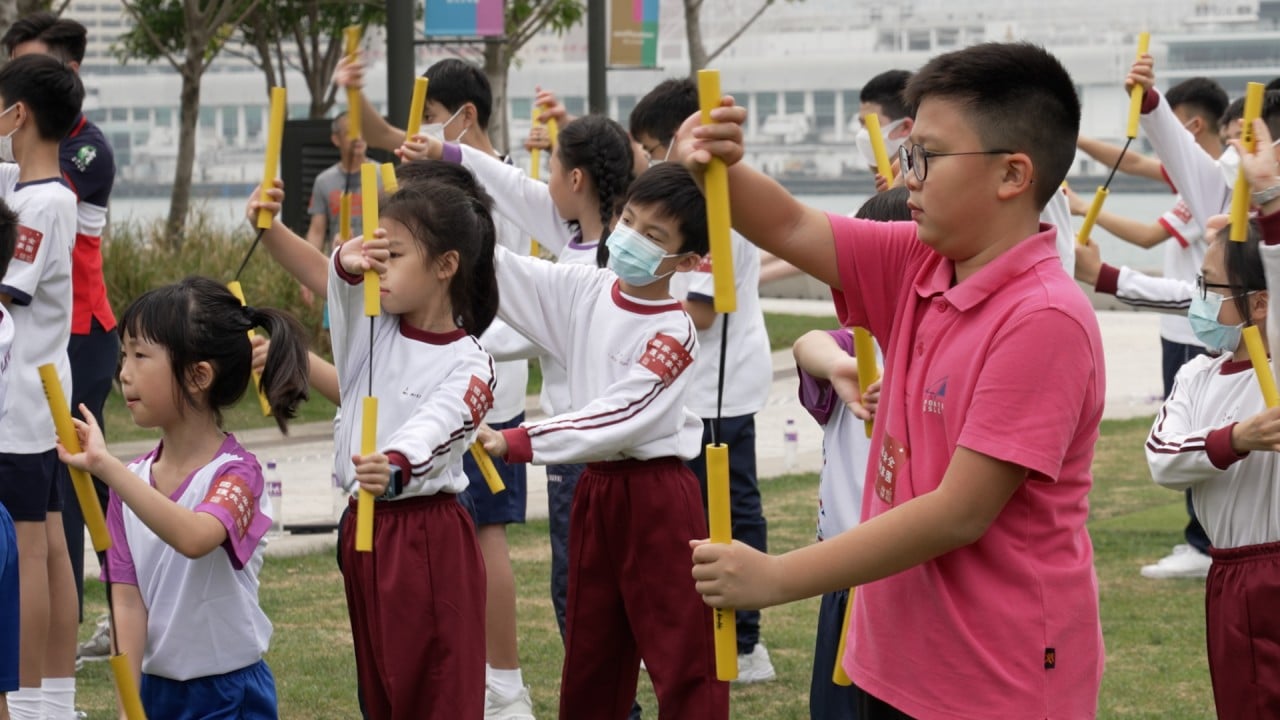
To put wind back in Hong Kong’s sails, youth outreach must go full speed ahead
- The government’s youth development blueprint is a good start and paints a positive picture, but its implementation must steer clear of top-down dogma
- This would be an opportune time to do more to integrate the city’s ethnic minorities into the wider population
The document’s foreword opens with a quote from President Xi Jinping’s speech on the occasion of the 25th anniversary of Hong Kong’s return to China: “Hong Kong will prosper only when its young people thrive; Hong Kong will develop only when its young people achieve well-rounded development; and Hong Kong will have a bright future only when its young people have good career prospects.”
Central to the blueprint’s four areas of engagement – exploration, hope, empowerment and contribution – is the nurturing of “a new generation of young people with affection for our country and Hong Kong”.
The recurring leitmotif is national education which, revolutionary terminology aside, is unexceptional. All countries take pride in their achievements. The frequent underlining, however, reveals unease in dealing with the city’s youth.
There is a real danger of this exercise slipping from useful multi-channel dialogue into shrill top-down dogma. As history shows, patriotism is imbibed over time with growing awareness, participation and a sense of belonging.
Chinese history must be part of the curriculum as fact rather than emotive prodding and education must focus on both Mandarin and English as twin tools for international advancement without in any way diluting Hong Kong’s rich Cantonese heritage.

Hong Kong’s young talent is a strength that must be strategically nurtured
Outlining plans last year, Secretary for Home and Youth Affairs Alice Mak Mei-kuen said the idea is to create a “positive mindset”. Plans included launching a youth network and app for young people to plug into opportunities.
Importantly, there appears to be some give for the disgruntled rump. “I believe that once [the youth] understand it, of course, they can continue their criticism, but at least they will have the message,” Mak said. It appears the government is willing to listen and engage, something the previous administration failed to do.
Painting a positive future and providing tools for “upward mobility” is the right way to proceed rather than a heavy-handed approach. Law and order eruptions are often symptoms of a deeper disconnect.
They are a bridge to South and Southeast Asia. India was Hong Kong’s eighth-largest trading partner last year. Singapore ranked fourth, Malaysia ninth, and Thailand tenth, with the Association of Southeast Asian Nations accounting for 13.2 per cent of all merchandise trade.
Vijay Verghese is a long-time Hong Kong-based journalist and columnist


